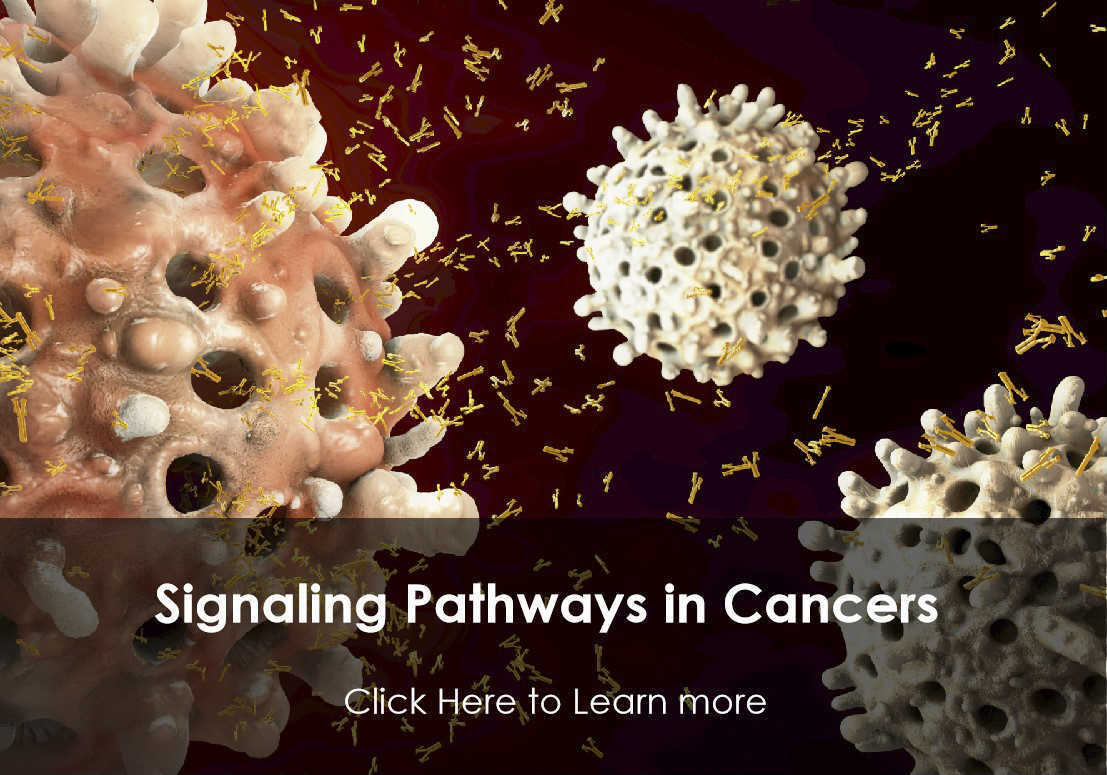UBE2K
The protein encoded by this gene belongs to the ubiquitin-conjugating enzyme family. This protein interacts with RING finger proteins, and it can ubiquitinate huntingtin, the gene product for Huntington's disease. Known functions for this protein include a role in aggregate formation of expanded polyglutamine proteins and the suppression of apoptosis in polyglutamine diseases, a role in the dislocation of newly synthesized MHC class I heavy chains from the endoplasmic reticulum, and involvement in foam cell formation. Multiple transcript variants encoding different isoforms have been identified for this gene. [provided by RefSeq, Jul 2008]
Full Name
Ubiquitin Conjugating Enzyme E2 K
Function
Accepts ubiquitin from the E1 complex and catalyzes its covalent attachment to other proteins. In vitro, in the presence or in the absence of BRCA1-BARD1 E3 ubiquitin-protein ligase complex, catalyzes the synthesis of 'Lys-48'-linked polyubiquitin chains. Does not transfer ubiquitin directly to but elongates monoubiquitinated substrate protein. Mediates the selective degradation of short-lived and abnormal proteins, such as the endoplasmic reticulum-associated degradation (ERAD) of misfolded lumenal proteins. Ubiquitinates huntingtin. May mediate foam cell formation by the suppression of apoptosis of lipid-bearing macrophages through ubiquitination and subsequence degradation of p53/TP53. Proposed to be involved in ubiquitination and proteolytic processing of NF-kappa-B; in vitro supports ubiquitination of NFKB1. In case of infection by cytomegaloviruses may be involved in the US11-dependent degradation of MHC class I heavy chains following their export from the ER to the cytosol. In case of viral infections may be involved in the HPV E7 protein-dependent degradation of RB1.
Biological Process
Biological Process cellular response to interferon-beta Source:UniProtKB1 Publication
Biological Process free ubiquitin chain polymerization Source:UniProtKB1 Publication
Biological Process positive regulation of peptidyl-threonine phosphorylation Source:UniProtKB1 Publication
Biological Process positive regulation of tumor necrosis factor-mediated signaling pathway Source:FlyBase1 Publication
Biological Process positive regulation of type I interferon-mediated signaling pathway Source:UniProtKB1 Publication
Biological Process proteasome-mediated ubiquitin-dependent protein catabolic process Source:GO_Central1 Publication
Biological Process protein K48-linked ubiquitination Source:UniProtKB1 Publication
Biological Process protein polyubiquitination Source:GO_Central1 Publication
Biological Process regulation of proteasomal ubiquitin-dependent protein catabolic process Source:Ensembl
Biological Process ubiquitin-dependent protein catabolic process Source:ProtInc1 Publication
Biological Process free ubiquitin chain polymerization Source:UniProtKB1 Publication
Biological Process positive regulation of peptidyl-threonine phosphorylation Source:UniProtKB1 Publication
Biological Process positive regulation of tumor necrosis factor-mediated signaling pathway Source:FlyBase1 Publication
Biological Process positive regulation of type I interferon-mediated signaling pathway Source:UniProtKB1 Publication
Biological Process proteasome-mediated ubiquitin-dependent protein catabolic process Source:GO_Central1 Publication
Biological Process protein K48-linked ubiquitination Source:UniProtKB1 Publication
Biological Process protein polyubiquitination Source:GO_Central1 Publication
Biological Process regulation of proteasomal ubiquitin-dependent protein catabolic process Source:Ensembl
Biological Process ubiquitin-dependent protein catabolic process Source:ProtInc1 Publication
Cellular Location
Cytoplasm
PTM
Sumoylation at Lys-14 impairs catalytic activity.
View more
Anti-UBE2K antibodies
+ Filters
 Loading...
Loading...
Target: UBE2K
Host: Mouse
Antibody Isotype: IgG2a, κ
Specificity: Human
Clone: CBFYH-2828
Application*: E, WB
Target: UBE2K
Host: Rabbit
Antibody Isotype: IgG
Specificity: Human, Mouse, Rat, Monkey, Cattle
Clone: D27C4
Application*: WB, IP
Target: UBE2K
Host: Mouse
Antibody Isotype: IgG1
Specificity: Human
Clone: 757C3a
Application*: DB, WB
Target: UBE2K
Host: Mouse
Antibody Isotype: IgG2a, κ
Specificity: Human
Clone: CBFYU-124
Application*: E, WB
Target: UBE2K
Host: Mouse
Antibody Isotype: IgG2b
Specificity: Human, Mouse
Clone: 701316
Application*: IH, WB
More Infomation
Hot products 
-
Rabbit Anti-AKT2 (Phosphorylated S474) Recombinant Antibody (V2-556130) (PTM-CBMAB-0605LY)

-
Mouse Anti-ENO2 Recombinant Antibody (85F11) (CBMAB-0276CQ)

-
Human Anti-SARS-CoV-2 Spike Recombinant Antibody (CR3022) (CBMAB-CR014LY)

-
Rabbit Anti-DLK1 Recombinant Antibody (9D8) (CBMAB-D1061-YC)

-
Mouse Anti-ATP1B3 Recombinant Antibody (1E9) (CBMAB-A4021-YC)

-
Mouse Anti-Acetyl-α-Tubulin (Lys40) Recombinant Antibody (V2-623485) (CBMAB-CP2897-LY)

-
Mouse Anti-CD59 Recombinant Antibody (CBXC-2097) (CBMAB-C4421-CQ)

-
Rabbit Anti-AP2M1 (Phosphorylated T156) Recombinant Antibody (D4F3) (PTM-CBMAB-0610LY)

-
Mouse Anti-EGR1 Recombinant Antibody (CBWJZ-100) (CBMAB-Z0289-WJ)

-
Mouse Anti-AK4 Recombinant Antibody (V2-180419) (CBMAB-A1891-YC)

-
Mouse Anti-BMI1 Recombinant Antibody (CBYC-P026) (CBMAB-P0108-YC)

-
Mouse Anti-CCDC25 Recombinant Antibody (CBLC132-LY) (CBMAB-C9786-LY)

-
Mouse Anti-C1QC Recombinant Antibody (CBFYC-0600) (CBMAB-C0654-FY)

-
Mouse Anti-AKT1 (Phosphorylated S473) Recombinant Antibody (V2-505430) (PTM-CBMAB-0067LY)

-
Mouse Anti-CCDC6 Recombinant Antibody (CBXC-0106) (CBMAB-C5397-CQ)

-
Mouse Anti-BCL2L1 Recombinant Antibody (H5) (CBMAB-1025CQ)

-
Mouse Anti-AMIGO2 Recombinant Antibody (CBYY-C0756) (CBMAB-C2192-YY)

-
Mouse Anti-CD24 Recombinant Antibody (HIS50) (CBMAB-C10123-LY)

-
Mouse Anti-AFM Recombinant Antibody (V2-634159) (CBMAB-AP185LY)

-
Mouse Anti-ADIPOR2 Recombinant Antibody (V2-179983) (CBMAB-A1369-YC)

For Research Use Only. Not For Clinical Use.
(P): Predicted
* Abbreviations
- AActivation
- AGAgonist
- APApoptosis
- BBlocking
- BABioassay
- BIBioimaging
- CImmunohistochemistry-Frozen Sections
- CIChromatin Immunoprecipitation
- CTCytotoxicity
- CSCostimulation
- DDepletion
- DBDot Blot
- EELISA
- ECELISA(Cap)
- EDELISA(Det)
- ESELISpot
- EMElectron Microscopy
- FFlow Cytometry
- FNFunction Assay
- GSGel Supershift
- IInhibition
- IAEnzyme Immunoassay
- ICImmunocytochemistry
- IDImmunodiffusion
- IEImmunoelectrophoresis
- IFImmunofluorescence
- IGImmunochromatography
- IHImmunohistochemistry
- IMImmunomicroscopy
- IOImmunoassay
- IPImmunoprecipitation
- ISIntracellular Staining for Flow Cytometry
- LALuminex Assay
- LFLateral Flow Immunoassay
- MMicroarray
- MCMass Cytometry/CyTOF
- MDMeDIP
- MSElectrophoretic Mobility Shift Assay
- NNeutralization
- PImmunohistologyp-Paraffin Sections
- PAPeptide Array
- PEPeptide ELISA
- PLProximity Ligation Assay
- RRadioimmunoassay
- SStimulation
- SESandwich ELISA
- SHIn situ hybridization
- TCTissue Culture
- WBWestern Blot

Online Inquiry







